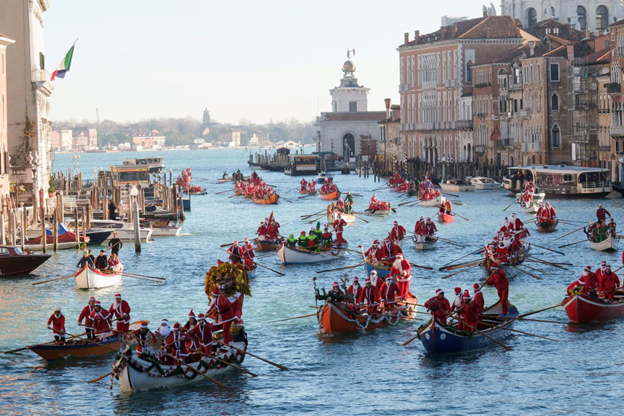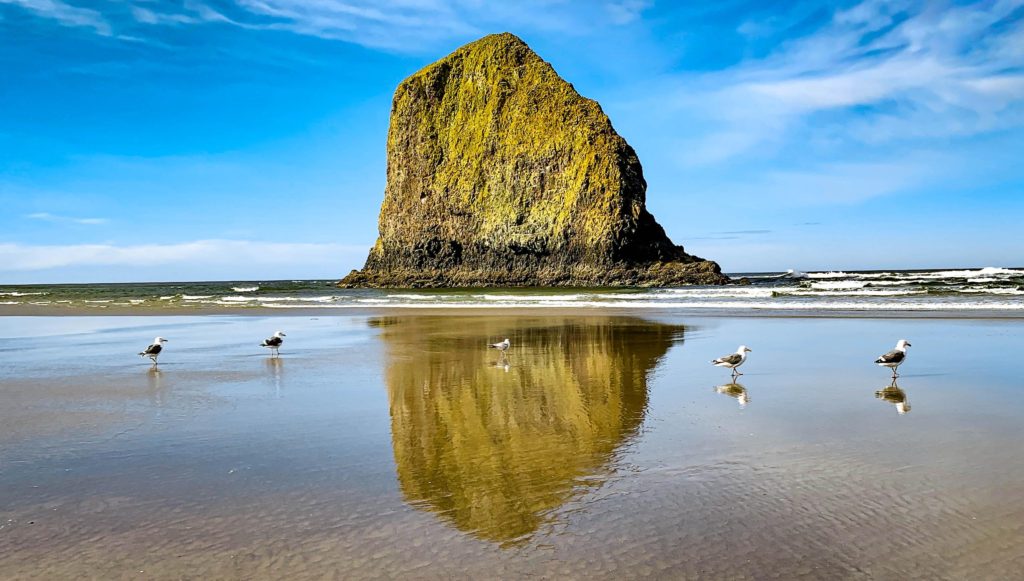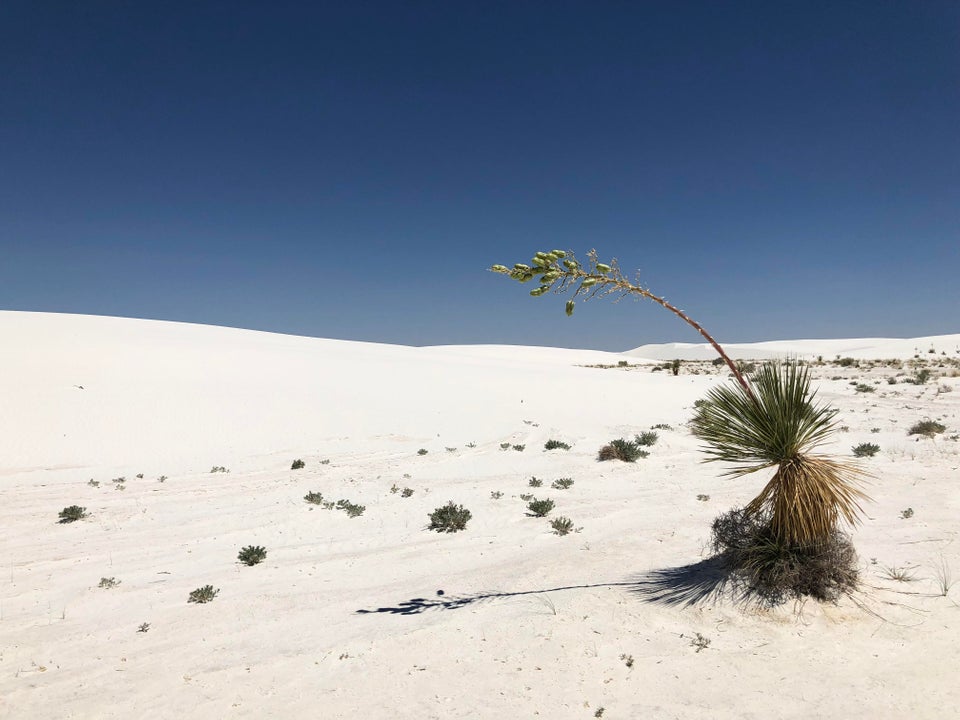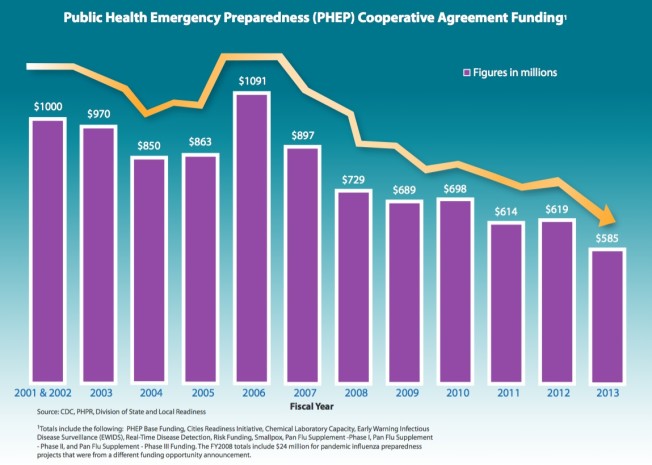The Daily Escape:
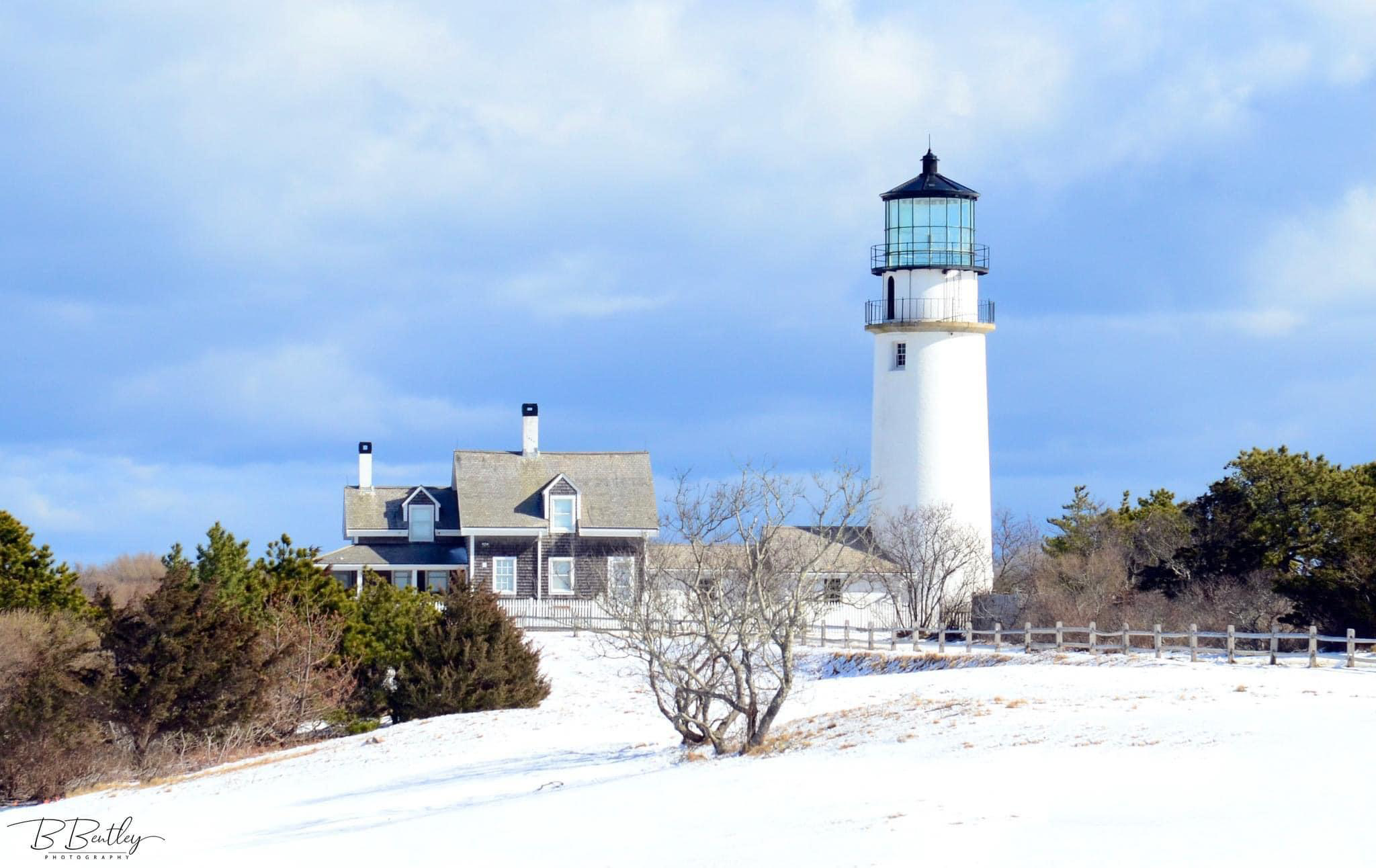
Highland Lighthouse, North Truro, Cape Cod, MA – February 2024 photo by Barbra A. Bentley
Let’s take a break this Saturday from a) Russia’s infiltration of the Republican Party and b) the growing realization that unless House Speaker Mike Johnson Johnsonless whips his members into shape before March 1st, we’ll have a government shutdown. Instead let’s focus today on Measles.
You are a witness the continued collapse in US public health standards since Florida’s Surgeon General has said its ok for unvaccinated kids to attend public school even though there are measles outbreaks. From KFF News:
“With a brief memo, Florida Surgeon General Joseph Ladapo has subverted a public health standard that’s long kept measles outbreaks under control. On Feb. 20, as measles spread through Manatee Bay Elementary in South Florida, Ladapo sent parents a letter granting them permission to send unvaccinated children to school amid the outbreak.”
More:
“The Department of Health ‘is deferring to parents or guardians to make decisions about school attendance,’ wrote Ladapo, who was appointed to head the agency by Florida Gov. Ron DeSantis, whose name is listed above Ladapo’s in the letterhead.”
With his brief memo, Ladapo has subverted a public health standard that’s long kept measles outbreaks under control. This is where you wind up after decades of indoctrination of libertarianism and neoliberalism, where “freedom” becomes anarchy, a rejection of the ability of the state to impose restrictions, even in the name of public safety.
Everyone in America knows that measles is highly contagious, that it kills, and can do lasting damage. More from KFF:
“Most people who aren’t protected by a vaccine will get measles if they’re exposed to the virus. This vulnerable group includes children whose parents don’t get them vaccinated, infants too young for the vaccine, those who can’t be vaccinated for medical reasons…”
The CDC advises that unvaccinated students stay home from school for three weeks after exposure. About 1 in 5 people with measles end up hospitalized, 1 in 10 develop ear infections that can lead to permanent hearing loss, and about 1 in 1,000 die from respiratory and neurological complications. They reported that in 2023, childhood immunization rates had hit a 10-year low.
Worse, only about a quarter of Florida’s counties had reached the 95% threshold at which communities are considered protected against measles outbreaks, according to data posted by the Florida Department of Health in 2022.
Rebekah Jones, a data scientist who was removed from her post at Florida’s health department in 2020, over a rift regarding Coronavirus data, said:
“I think this is the predictable outcome of turning fringe, anti-vaccine rhetoric into a defining trait of the Florida government,”
A strategy of letting measles spread (which can wipe out your body’s immunity memory) while Covid is still pin-balling its way around the country? Sounds legit.
The way that things are going with public health in the US, it’s only a matter of time until the health departments of other western countries start issuing travel health notices for their citizens wanting to visit the US, advising them of the diseases that are being left to run free, particularly in Florida.
From The Nation:
“In 2022, Georgetown University political scientist Donald Moynihan wrote a piece on how to undermine the administrative state….No country becomes a world power without a capable public service.”
Perhaps the corollary, as stated by The Nation’s Gregg Gonsalves is this:
“No country becomes healthy without a capable public health system.”
That describes America today. More from The Nation:
“We did terribly on Covid…part of the reason was that our fundamentals were weak, but our politics are also set up to undermine public health….This has implications well beyond…the pandemic. It’s about how we expect to survive and thrive in America….This is a disaster in slow motion, and we’re watching it unfold as bystanders.”
There you have it: another thing to lose sleep over, and the election is still 7+ months away. Will there be enough infant deaths to generate sufficient outrage to roll this decision back?
Highly doubtful.
Wrongo is leaving you with that thought and is segueing into our Saturday Soother, where we take a break from doom scrolling and spend a few stolen moments alone with our thoughts. Here on the Fields of Wrong, there is still snow on the ground. So while we hope that spring is just around the corner, there’s little evidence to support it.
To help you relax, grab a seat by a south-facing window and watch and listen to Samuel Barber’s “Adagio for Strings”, played here by the Vienna Philharmonic, and conducted by Gustavo Dudamel. Dudamel is scheduled to become music director of the New York Philharmonic in 2026. This performance was a part of the annual free Vienna Summer Night Concert in 2019.
This is the fourth time Wrongo has featured this composition, although you are seeing this particular version for the first time.
Barber finished the Adagio in 1936. In January 1938, Barber sent an orchestrated version of the Adagio for Strings to Arturo Toscanini. The conductor returned the score without comment, which annoyed Barber. Toscanini later sent word that he was planning to perform the piece and had returned it simply because he had already memorized it!
It was performed for the first time by Toscanini in November, 1938. Here, it is conducted by Gustavo Dudamel in 2019, like Toscanini did, without a score:

